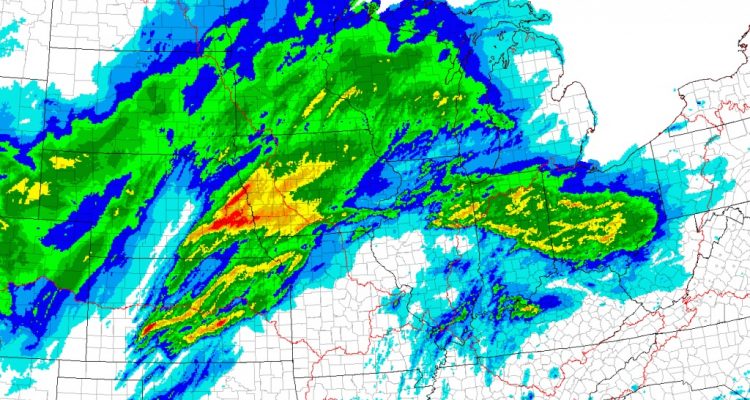Managing a fleet may be one of the most challenging jobs there is. Sure, just about every job has a certain amount of uncertainty. Big emergencies or–more often–small emergencies that are made to seem bigger than they are, happen up and down along every career path. But there are few jobs with higher stakes than managing a fleet of drivers and cars.
Small emergencies can turn into a systemic failure very quickly when many routes and drivers are juggled simultaneously. A flat tire, a traffic jam, a road closure are some of the smaller potential problems fleet managers face, with bigger problems including bad weather, dangerous driving conditions and traffic accidents.
While traffic accidents are fortunately rare, they are also unpredictable. And up until recently, the weather was, too. But recent technologies are making live weather radar and consistent, real-time updates easy to access and act upon.
Fleet managers that implement and use the right monitoring technology on their cars can have access to up to the minute traffic updates, including accidents and traffic jams. But more interestingly, they and their drivers have access to live weather radar and other technology that allows them to see when and where bad weather will strike next. Thunderstorms, dangerous wind, flooding and all sorts of driving hazards are seemingly beyond our control, but when we know where it will happen, we can work around it.
Real time tracking and monitoring on fleet vehicles means managers and route planners are able to contact their drivers as conditions change. When a nasty storm hits the east part of town, drivers can operate safely and efficiently in the west. And if it gets really, really bad, drivers can be instructed to get off the road entirely and seek shelter.
The benefits of live weather radar are obvious and varied. Managers have the peace of mind to know their routes can be salvaged despite poor conditions. They can be more proactive in keeping their drivers and property safe. They can preserve client relationships more easily when they’re able to mitigate the financial damage these conditions can cause.
And the human aspect can’t be overlooked here. It’s dangerous to send drivers into an area where conditions are unfavorable. And with live weather alerts, managers and drivers can know where they should be and where they should not.
Live weather radar technology exists today and is readily available. Years ago, who would have thought we could not only predict the weather, but report it to those that do work for us and help keep them–and our businesses–safe on the road.


